Not all that long ago, a 'luxury' electric car wasn't something one could merrily go out and buy.
They simply didn't exist. But the Tesla Model S changed that, and in the years since the American saloon first demonstrated what was possible if you injected a combination of pace, comfort and elegance into the EV equation, numerous premium-branded luxury EVs have joined the fray. They now come from manufacturers everybody has heard of, not least Audi, BMW and Mercedes.
Indeed, today the luxury EV class is well furnished with options. There are cars that strive to maximise refinement and opulence, and some that place performance on a pedestal, while other throw a good dose of utility into the mix with SUV bodyshells. Competition is fierce and standards ever-increasing – as well they might, given that none of the fine cars listed below are what you'd call inexpensive.
So, if you're looking for the some of the longest-legged and most usable electric cars in the world, this chart is where you'll find them. This is where Teslas do battle with Mercedes EQs, BMW i cars, Audi E-trons, and even new-groove Porsches. If you've got a bigger budget to spend on an electrically powered family car to use and rely on for any kind of trip, then, with claimed ranges of up to 400 miles and beyond, these are your main contenders.
Best Luxury Electric Cars 2024
1. BMW i7
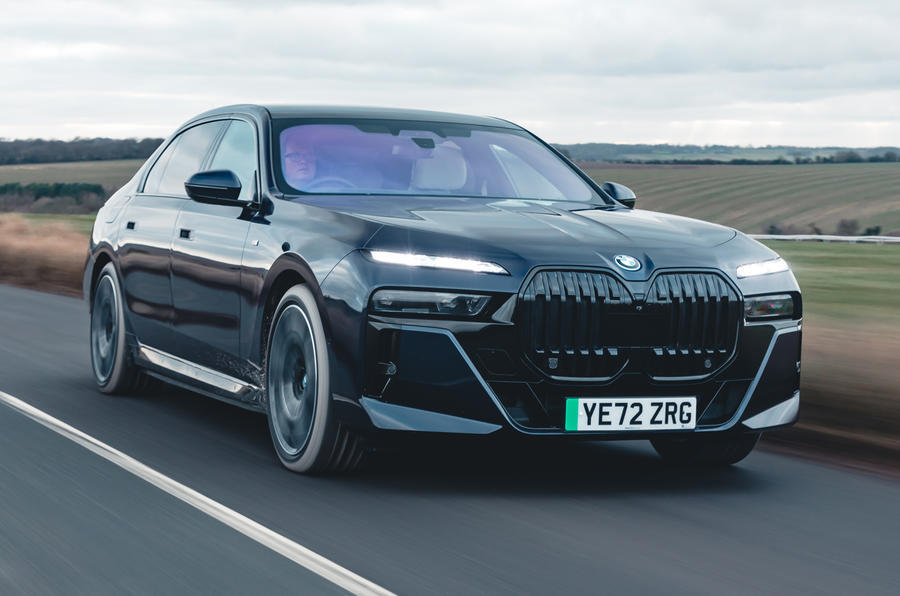
Pros Cabin opulence, potent electric powertrain, superb compromise of ride and handling
Cons Challenging aesthetics, real-world range is less than 300 miles, not especially affordable
It's a measure of the increasing preeminence of EVs that the first version of BMW's all-new 7 Series flagship to hit showrooms is the all-electric i7. Plug-in hybrids will follow in due course, but in terms of setting the tone for the future (certainly in Europe) and setting out your luxury car stand, then batteries take the lead. Yet perhaps even more significantly for the brand, the all-new seventh generation version of its range-topping saloon is the first to properly hit the luxury car bullseye and prove a real alternative to the otherwise dominant Mercedes S-Class.
One things for certain with this 7 Series - onlookers aren't going to miss your arrival. This isn't and elegant or even a particularly aesthetically appealing car, but there's no doubt the monumentally proportioned i7 attracts attention. Bluff-fronted and slab-sided it visually dominates any slab of tarmac its sits on, but if you're a plutocrat wanting to flaunt your success the car's imposing presence will only be a positive. It's even more impressive inside, although happily this is down to the beautifully crafted finish and jaw-dropping tech rather than any gaudy brashness in the design. Rich materials are used through out, while the slick screens sitting on top of the dash can be accessed using an iDrive rotary controller. For rear set passengers there's the option of an incredible drop down 31.3-inch screen, which in combination with the Bowers & Wilkins sound system delivers a drive-on rather than drive-thru cinema experience.


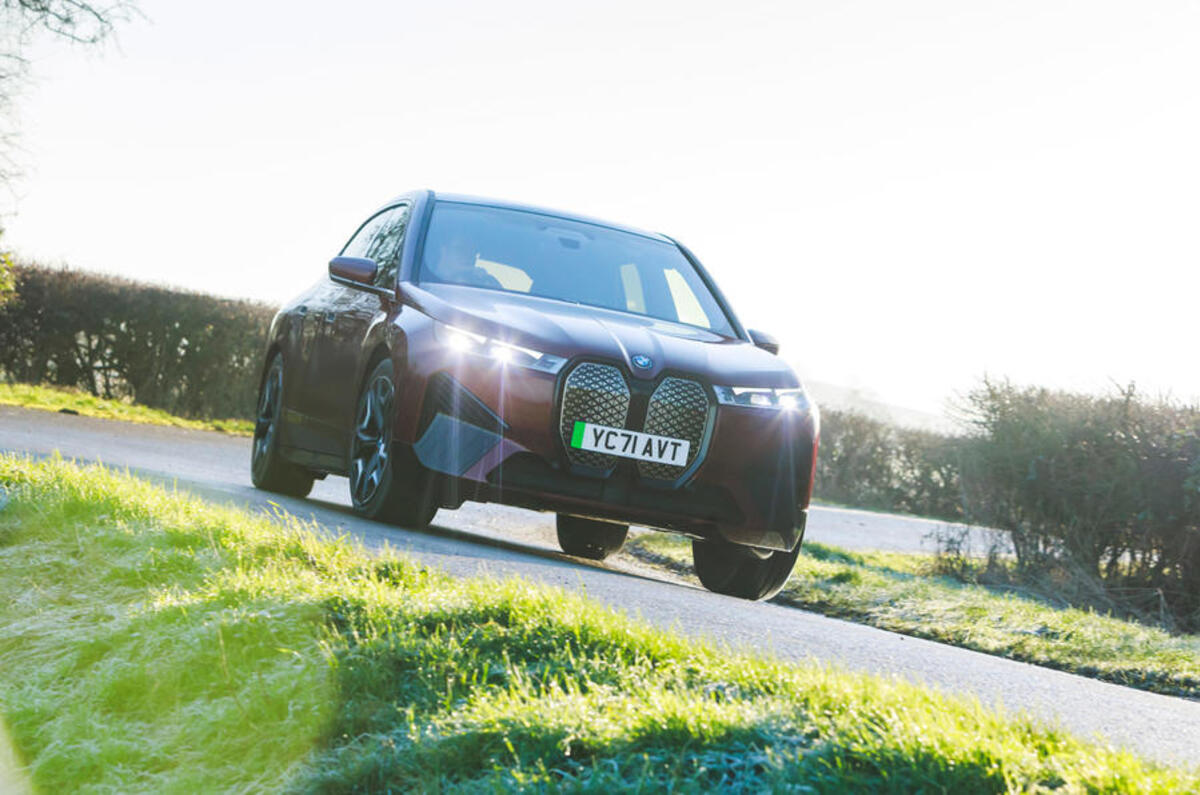
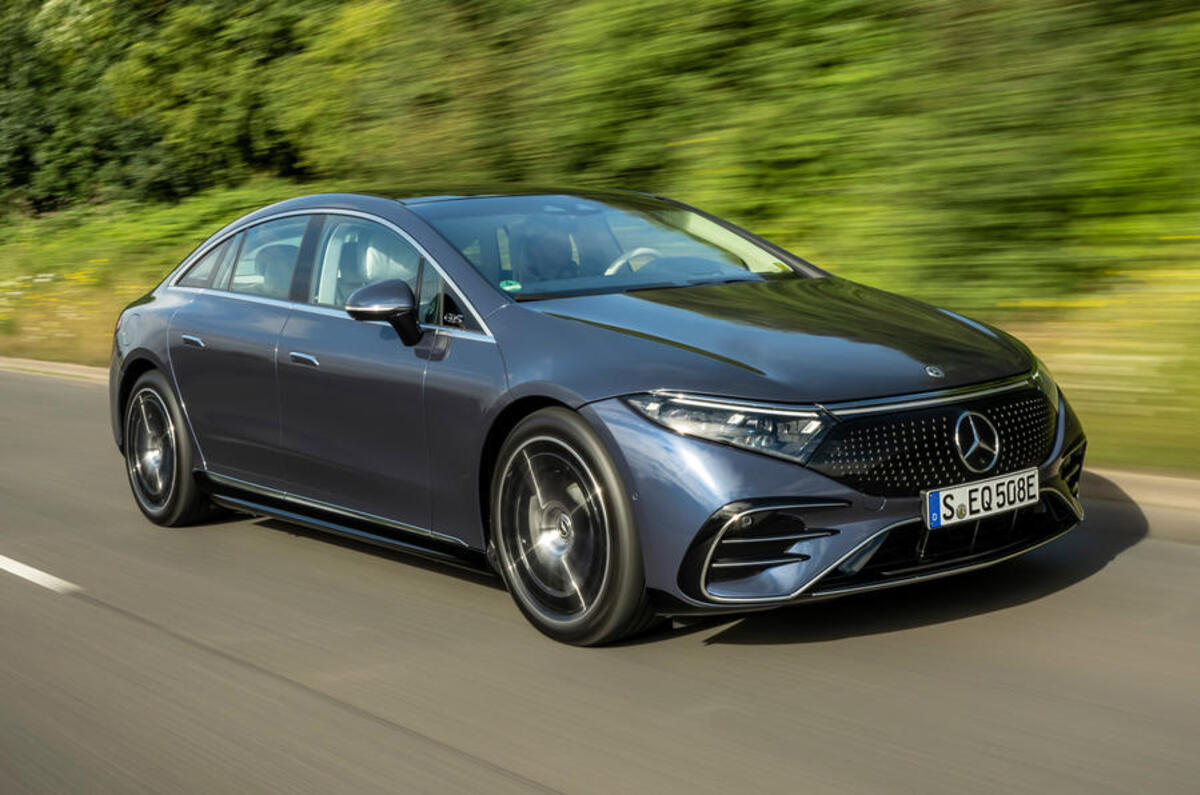
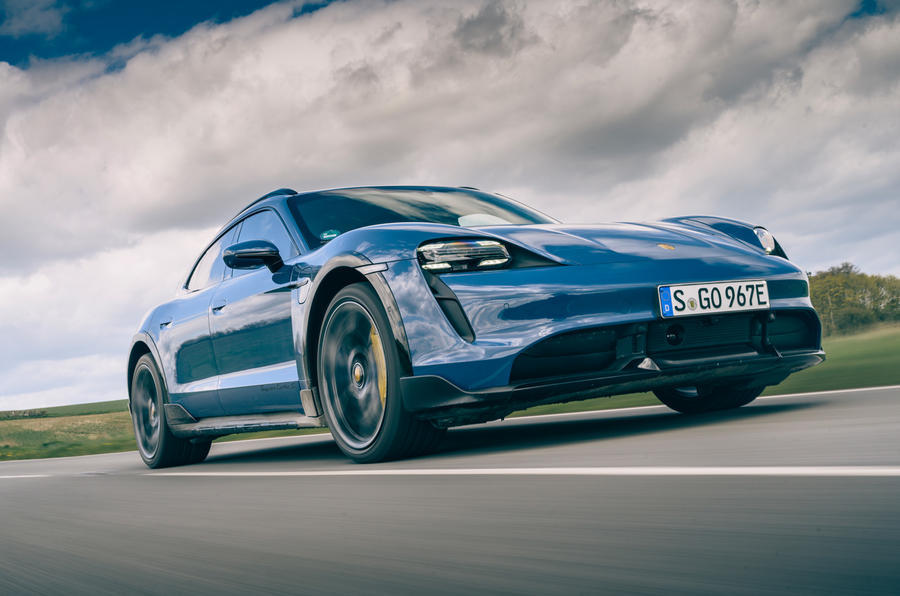
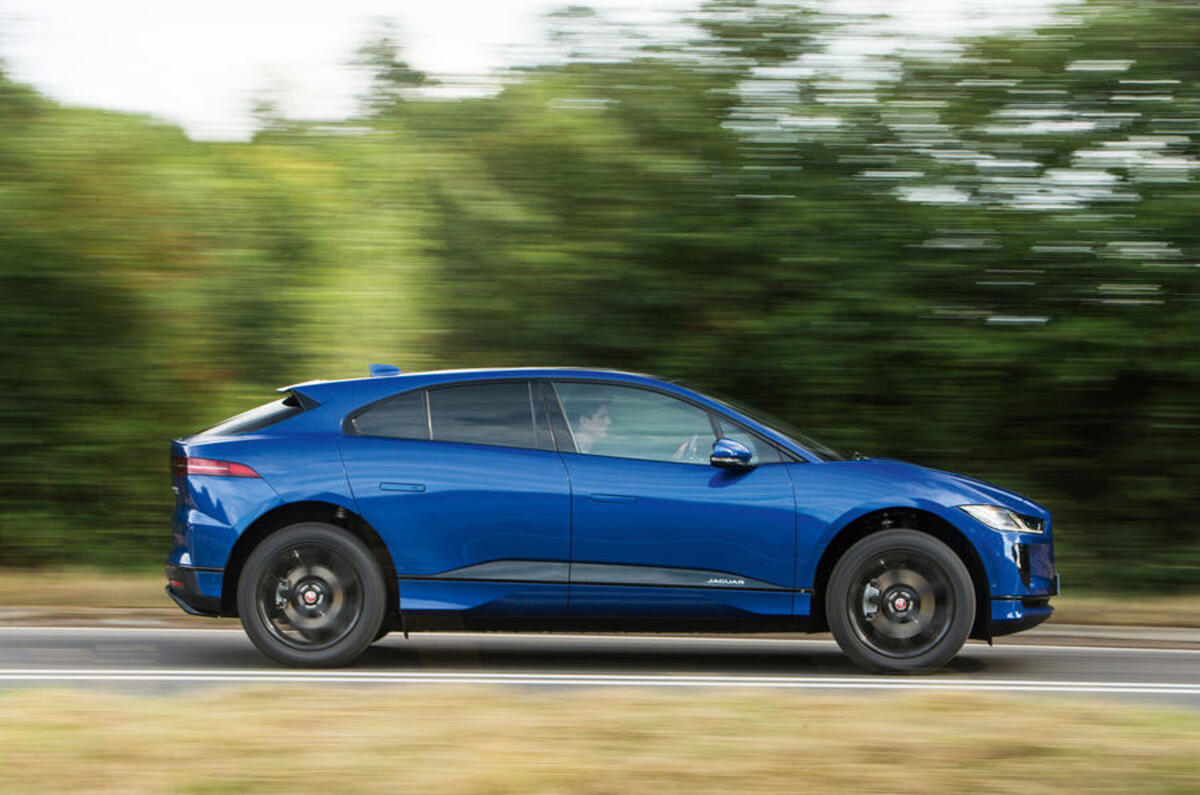
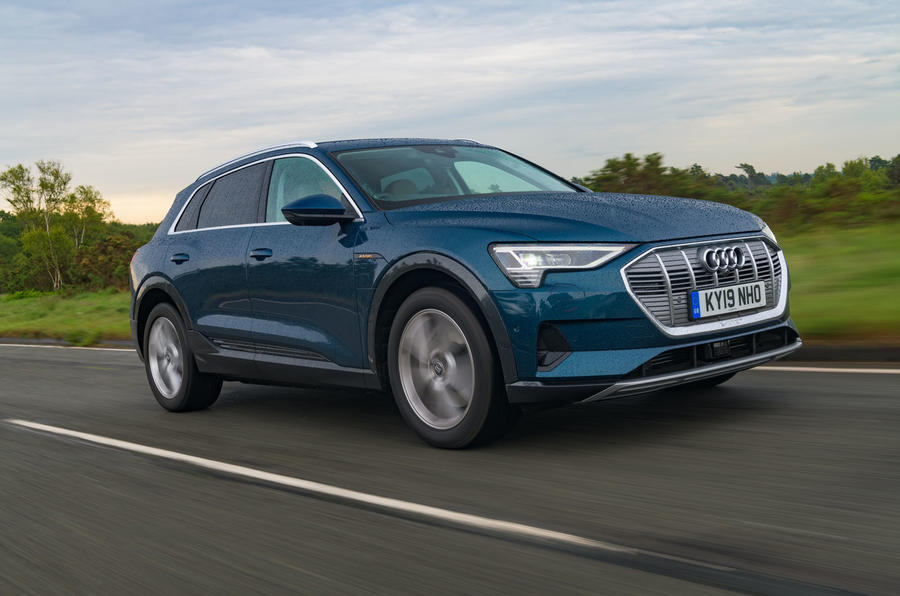
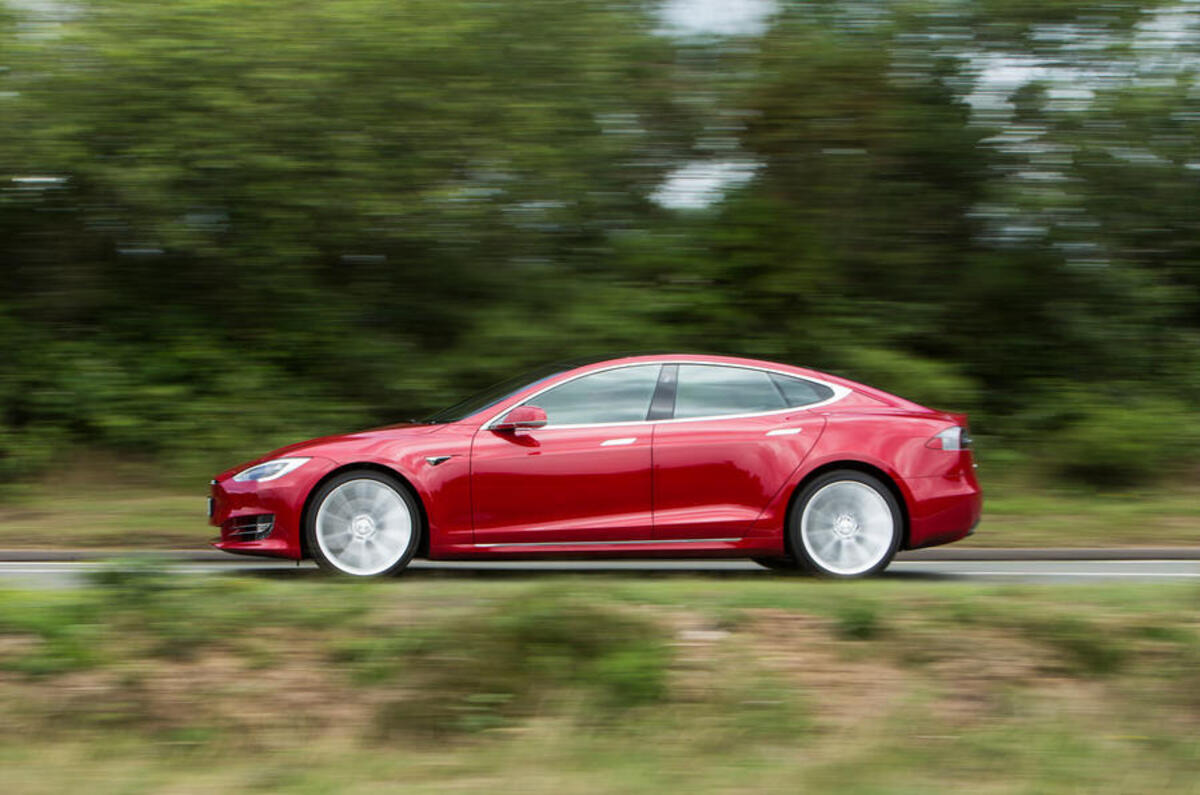
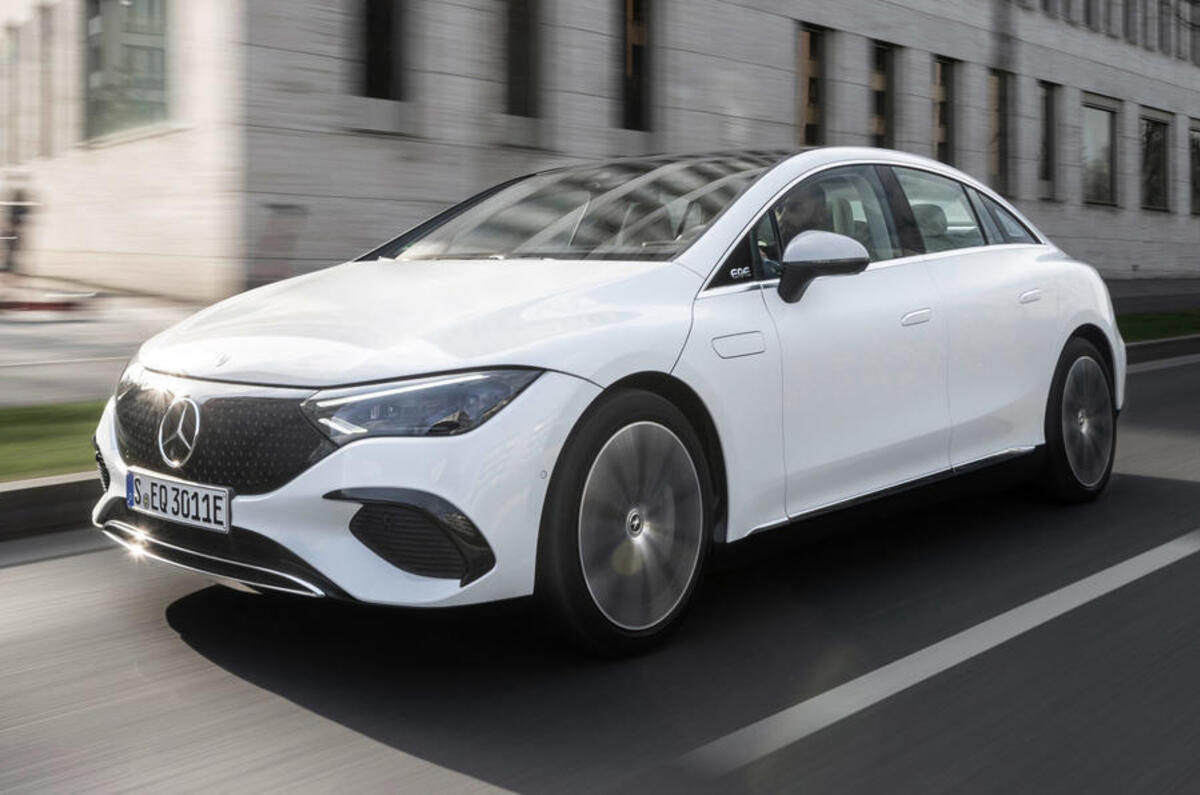
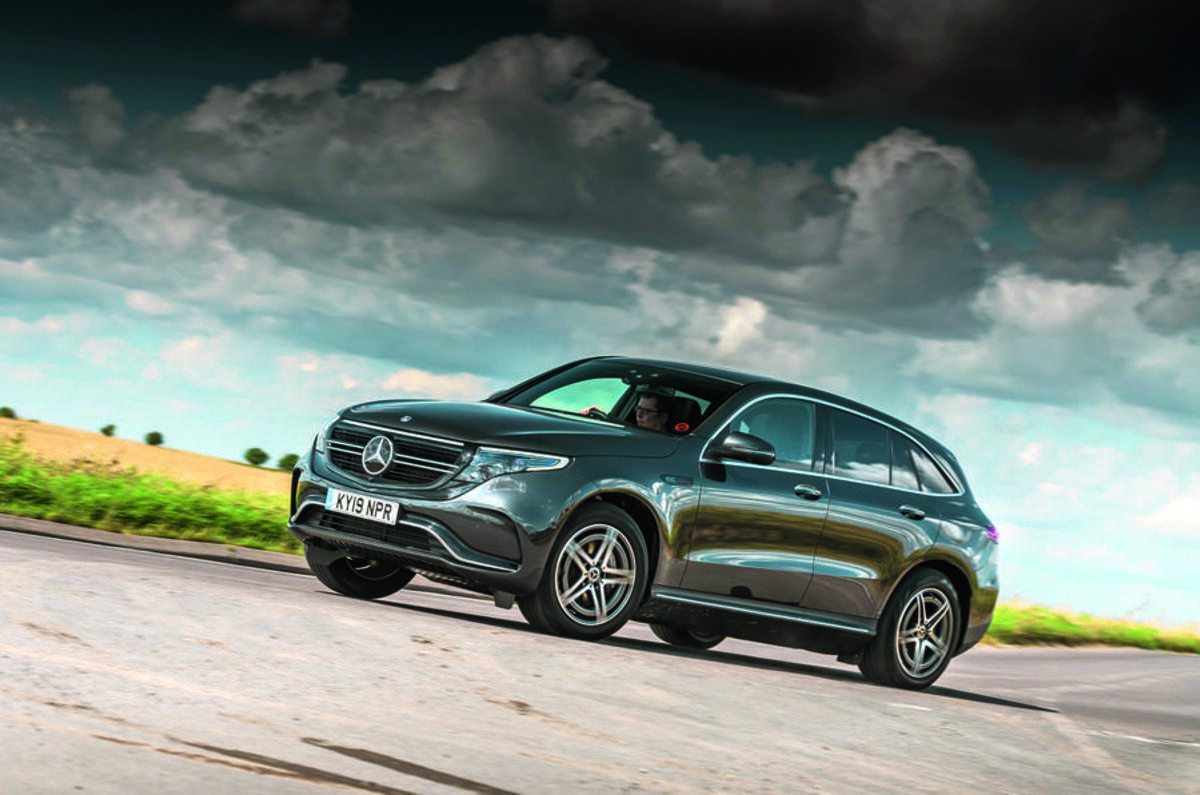
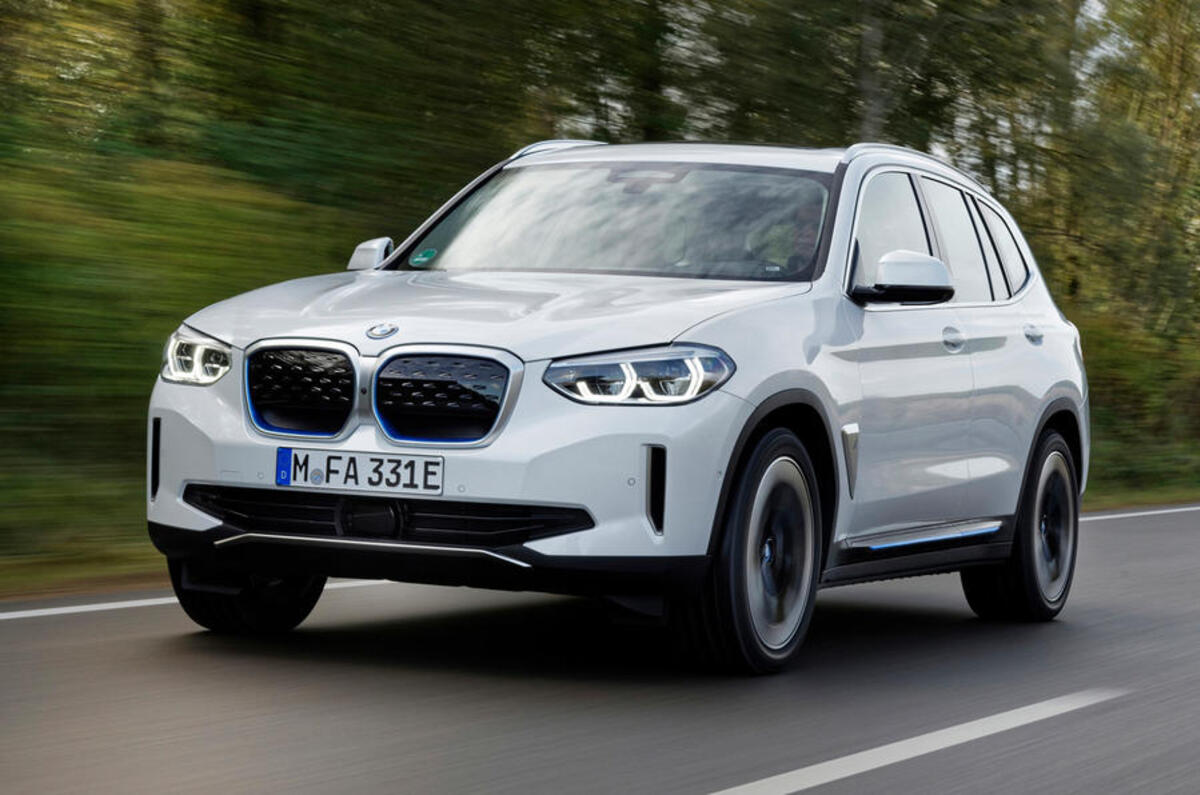
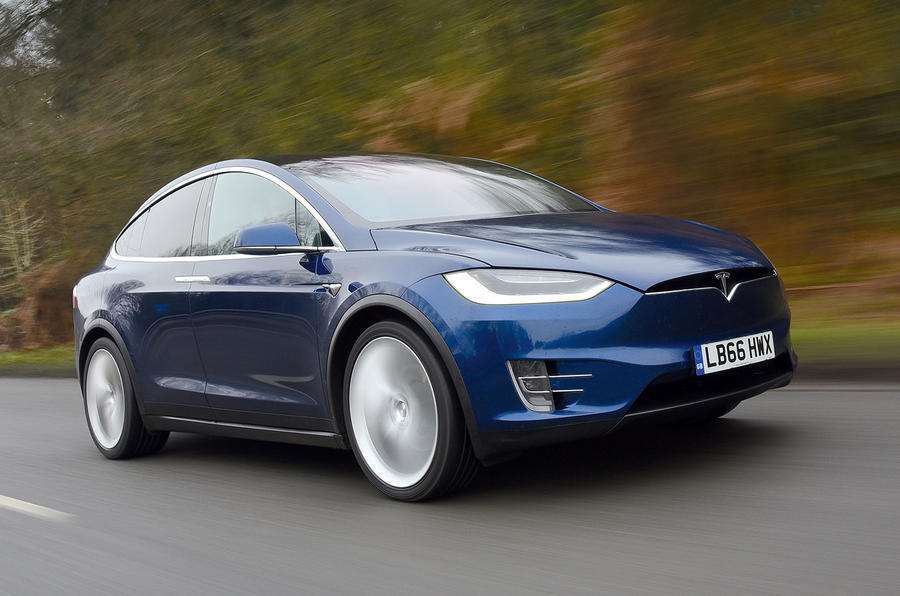
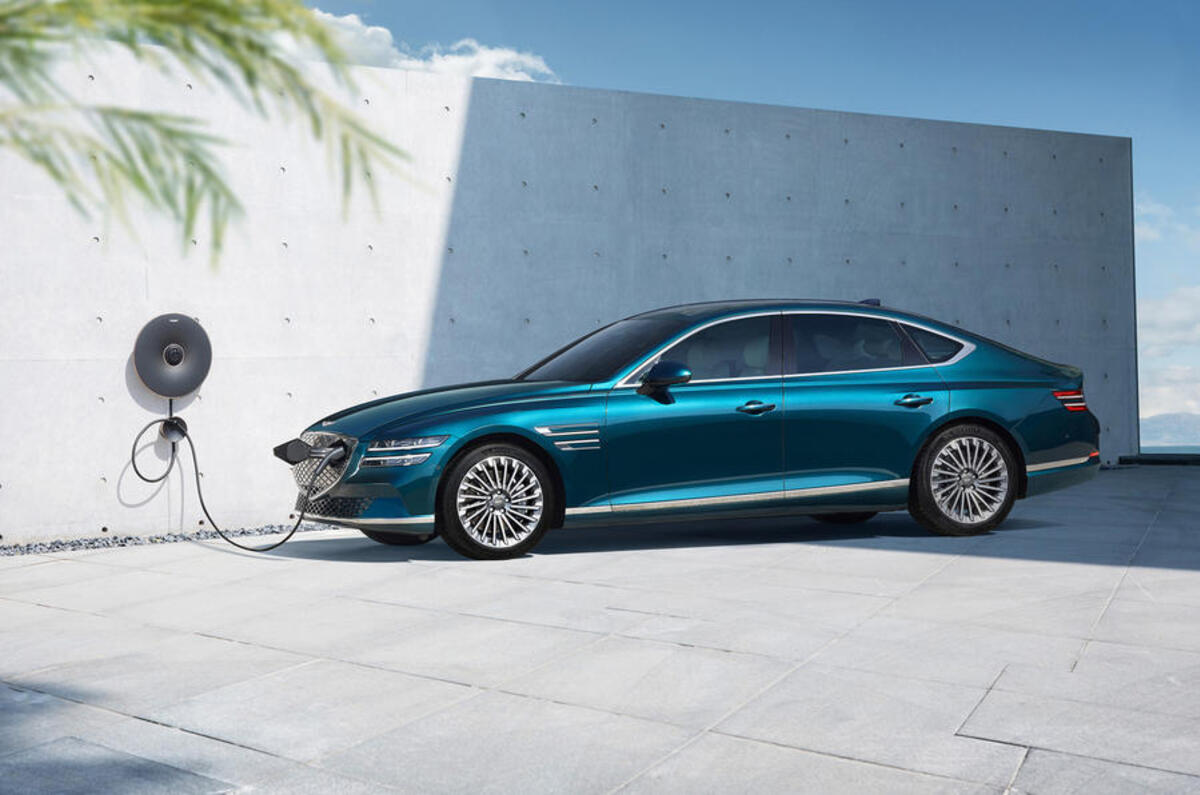
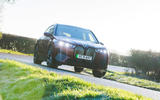
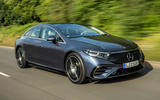
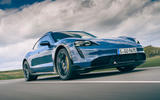
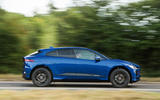
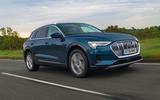
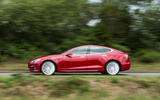
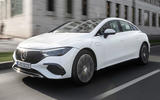

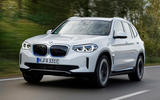
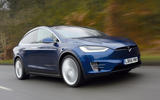
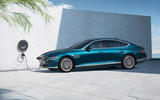




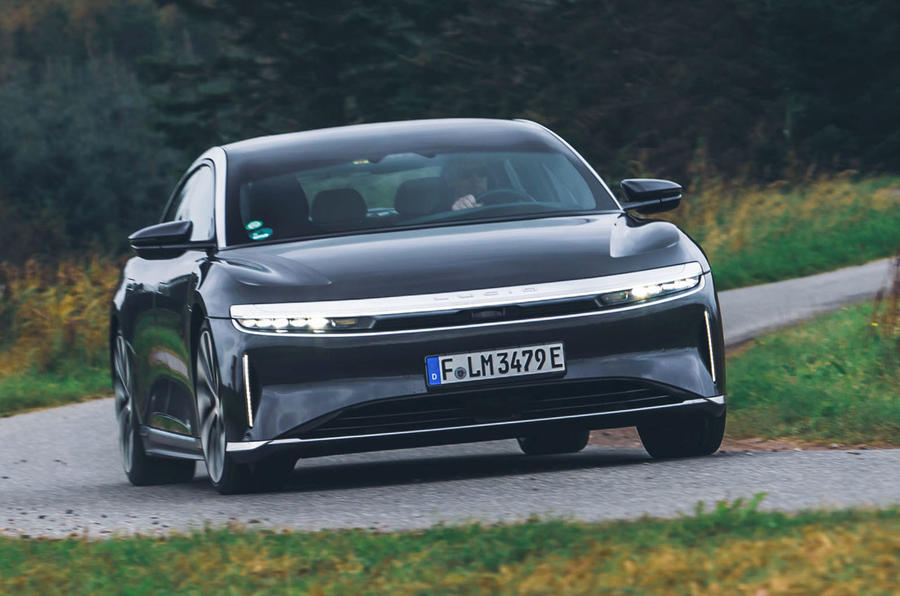
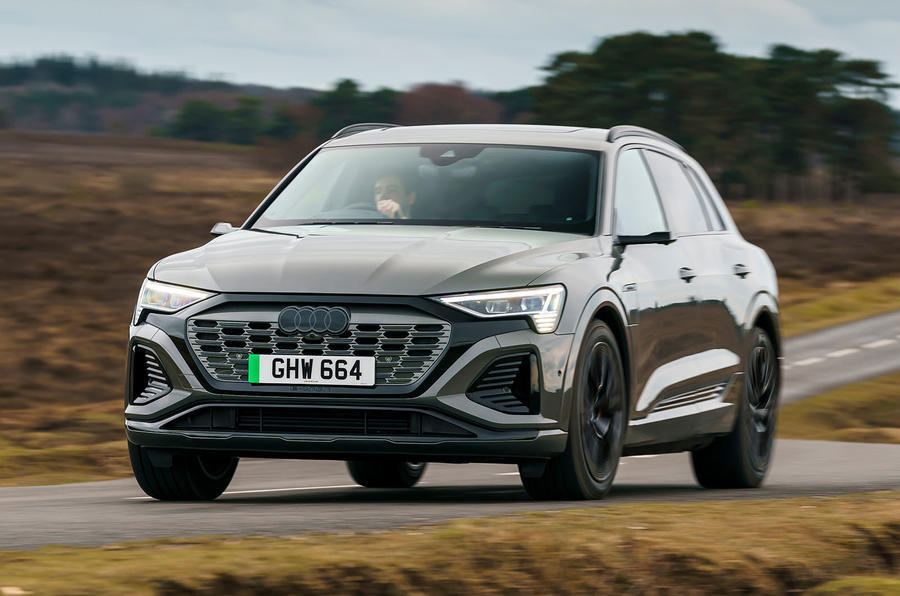



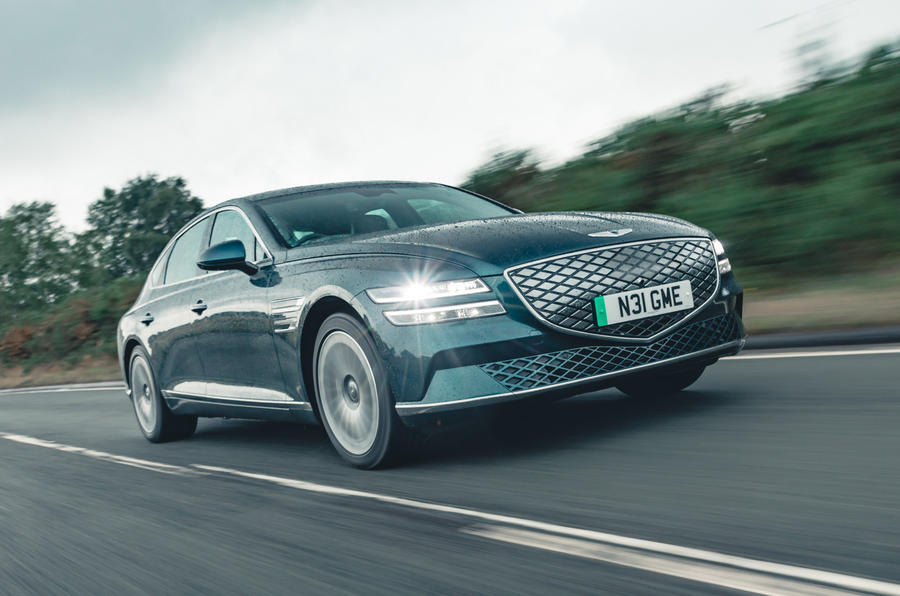







Join the debate
Add your comment
Honestly, I'd take a EV6 over any of these apart from the Porsche. Buy the Kia, get something better engineered and more desirable, and save the change – or donate it to WWF to make a bigger difference. Garishness and sustainability are bad bedfellows.
How about the top ten best value-for-money EVs?
Oh yes, that's right - none of them represent good value for money.
Joke of a List
Besides this "report" being horribly outdated, having Autocar never taking price into account is not just poor journalism but down right lies. A $200,000 Taycan at #1 is a joke.